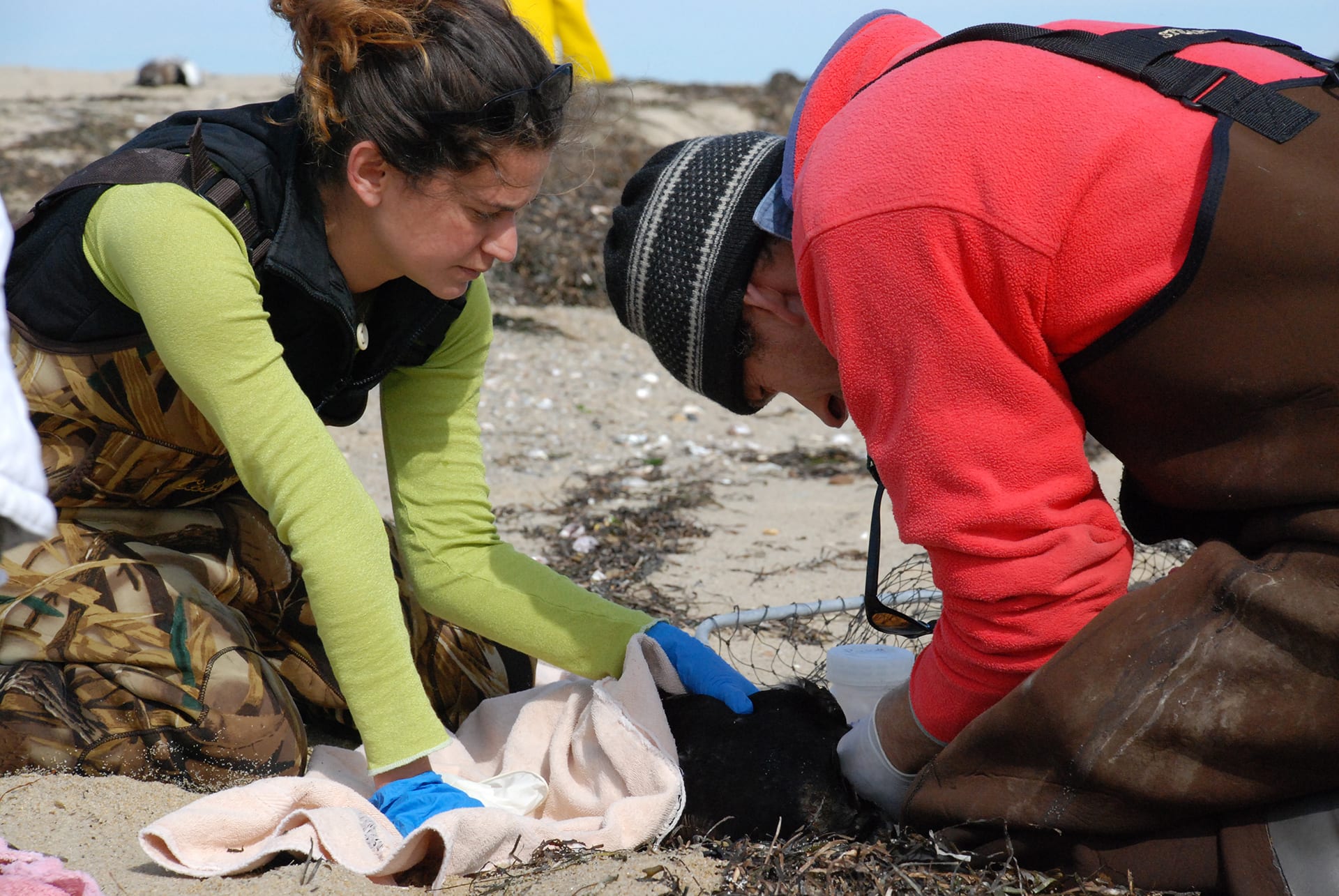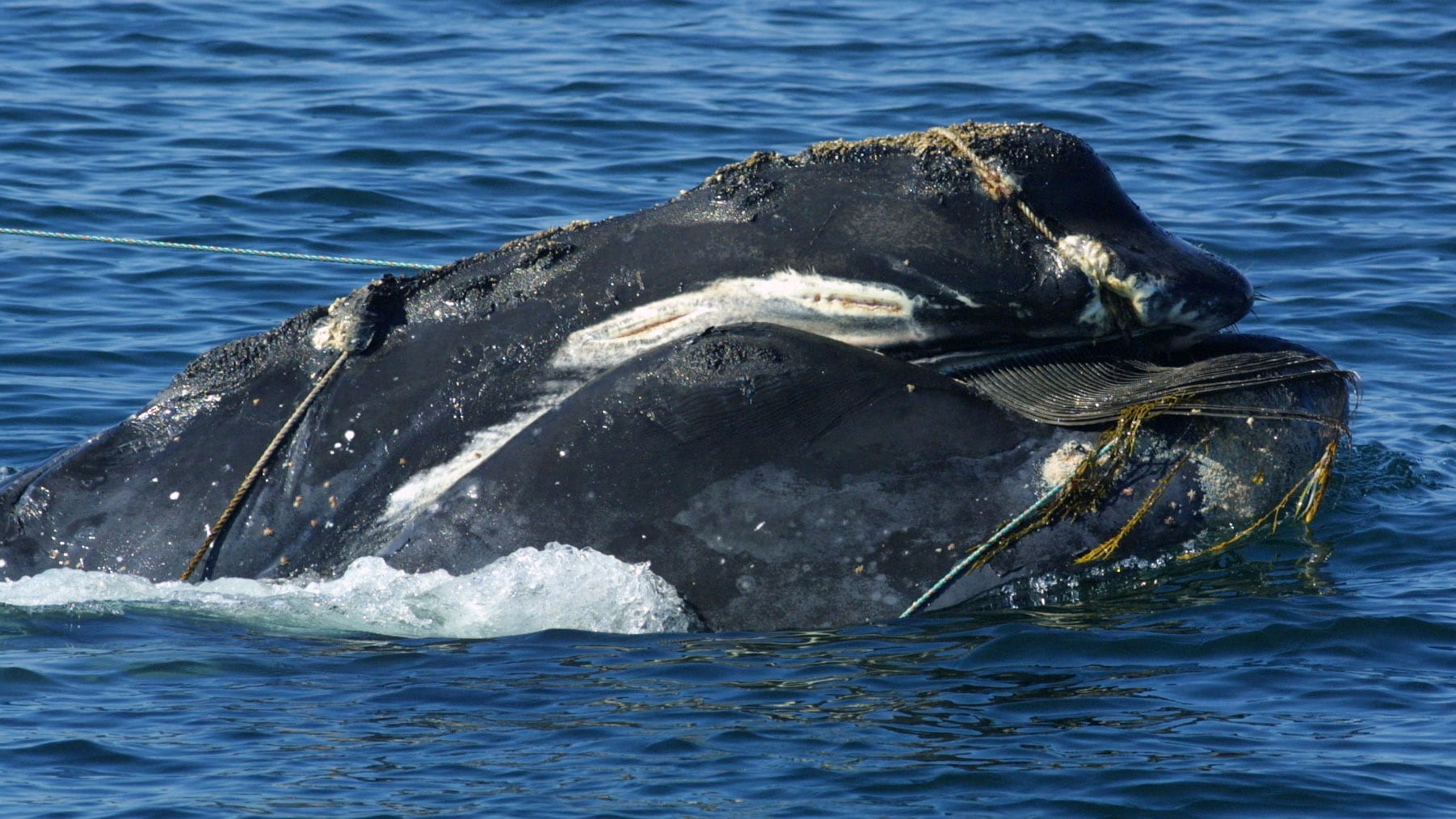Global Oceans and the Extinction Crisis
Marine biologists respond to recent U.N. report
By David Levin | June 5, 2019
In early May, the United Nations released a startling new report. During the past century, it found, human impact has accelerated the extinction of plants and animals worldwide, driving them to record levels. Up to 1 million species—or more than 10 percent of all living things—could disappear in the next few decades, permanently damaging the environment around us.
The impacts of human activity are particularly intense in the world’s oceans. According to the report, 66% of marine environments have been “severely altered” by human action: plastic pollution is up tenfold since 1980; 400 million tons of heavy metals, solvents, and other waste are dumped into our waters annually; and runoff from industrial farming has created massive “dead zones” at river outlets around the globe.
"With the severity of the concerns raised by this report it is easy to become paralyzed,” said Michael Moore, a biologist at WHOI who studies marine mammals. “It took me a day to even open it, as I knew it was going to be bad, really bad news.”
The report findings, however, don’t come as a big surprise to Moore and his colleagues at WHOI. They’ve been working for years to understand the full extent of how human activity affects the ocean environment. Andrea Bogomolni, a WHOI biologist who works closely with Moore, said that science that supports marine conservation is needed now more than ever. “We have the tools, ability, and responsibility to minimize human impacts,” she said.
A case-in-point: Moore has been deeply involved in studying and protecting the North Atlantic right whale, a species that breeds off the coast of New England and eastern Canada. Only about 400 individuals are left in the wild, making them one of the most endangered whale species on Earth—yet since they live in crowded urban waters with heavy shipping and fishing activity, the whales are frequently struck by ships or fatally tangled in fishing gear.
Even a single mortality can have a ripple-down effect: since the whales birth only one calf every three years at best, and are often calving far less frequently if at all, a setback in birth rates is having dire consequences for the entire population.
Moore, Bogomolni and many others have been working to reduce these hazards by pushing for new fishing techniques and regulations, including whale-safe fishing gear. Right now, traps for shellfish, like lobster and crabs, are deployed on the bottom of the ocean, with an “end line” rising up to a buoy at the surface. Those lines are used to raise the traps to collect the harvest and replenish bait. As whales pass by them, however, the lines can tangle around their jaws, flippers and tails, burrow into their skin and muscle, and gradually kill the animal.
Instead of using fixed gear, Moore and others have proposed new technologies that use a “virtual end line”—a way to release the traps from their anchors remotely using an acoustic signal, which would let fishermen recover them as they float to the surface.
The scientists have also been pushing for more protection zones around existing marine mammal habitats. Prohibiting fishing in certain areas during certain times of year could keep gear and whales separated, reducing entanglements. Similar closures in the Cape Cod Bay, an active area for North Atlantic right whales, have been in place seasonally since 2015—and putting those restrictions in place in other marine mammal habitats could help protect key species. Speed limits for ships in those zones have helped reduce whale injuries from ship strikes, but wider areas are necessary.
Both Moore and Bogomolni are adamant, however, that the best way to protect marine mammals is to change the way we think about the ocean as consumers.
“We need to educate ourselves about how this global extinction crisis came about, and the major factors involved. We need to understand how our consumerism adds to the problem, and how our day-to-day decisions affect the big picture,” said Moore.
His suggestion: “Focus on the things that matter to you. If you enjoy eating seafood, learn how your menu selection affects not only the species you consume, but also other species, such as marine mammals, affected by seafood harvesting. Know where your seafood comes from. Reduce your use of single-use plastics that can wind up in the oceans. Try to minimize your carbon footprint if you travel.”
Working with your community to tackle these issues locally can have an outsized impact as well, added Bogomolni. In her own research, she works with diverse groups of people, from fishermen to land owners, teachers, and artists, to minimize our effects on nearby ocean wildlife.
“It means putting equal importance into both doing the science, and respecting and learning from each other along the way,” she said. “But by working collaboratively, we can do more to address some of the issues laid out in the UN report.”


